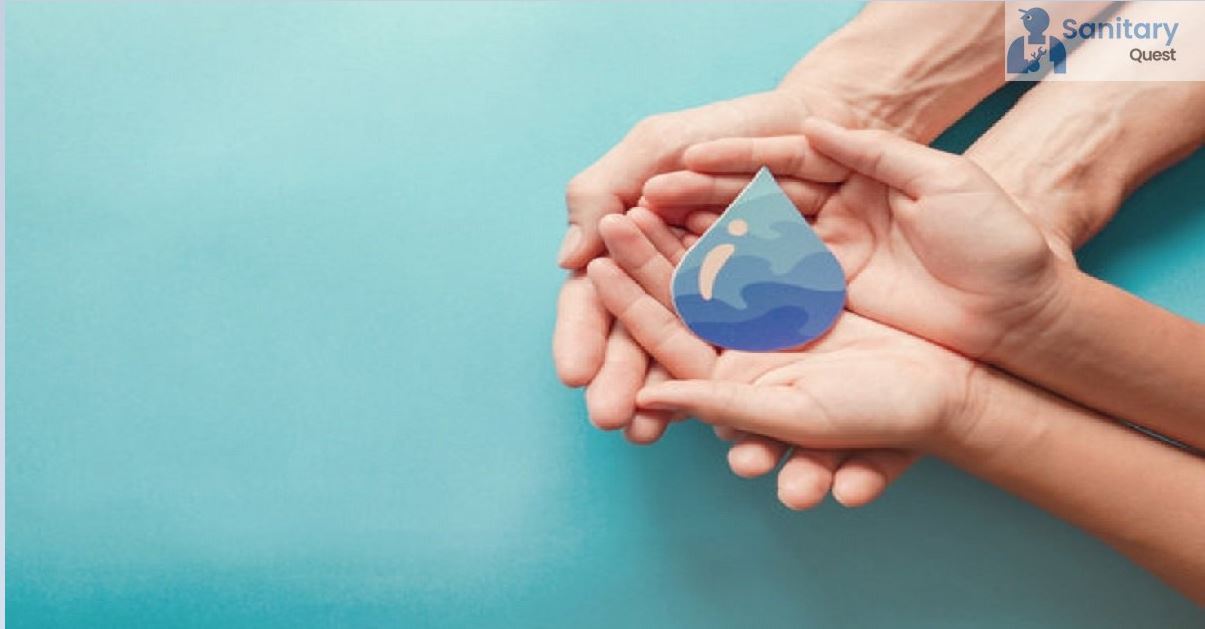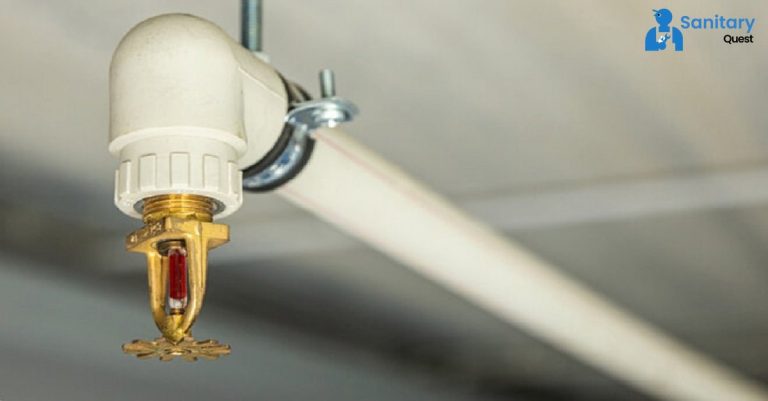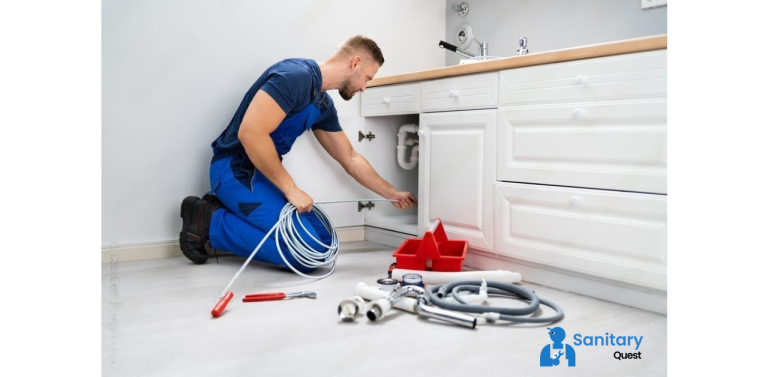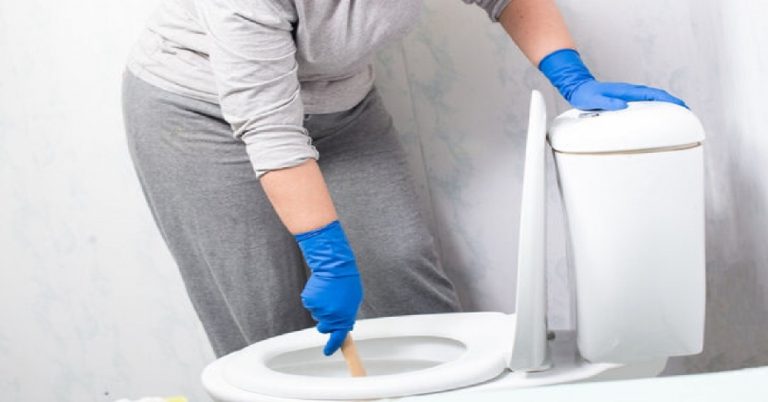Can You Achieve Net Zero Water Use With Your Household Plumbing?
Paying one’s water bill is a chore that no one looks forward to performing. You may increase your savings via water conservation by taking several measures, but the ultimate victory would be if you could totally do away with the bills. You can increase your savings through water conservation by doing various steps. A standard known as “net zero water” aims to allow homes to become independent from the public water main grid. This does not indicate that you must give up your indoor toilet or any other household plumbing to comply with this standard. Continue reading to learn more about this optimistic notion and the steps you can take to bring yourself closer to a future in which you won’t be burdened by the obligation of paying your power bills.
Achieving Sustainability Net Zero Water Strategies Through
“Net Zero Water is a visionary concept and a growing trend in sustainable resource management. This approach aims to balance the amount of water consumed with the water returned or regenerated, ultimately resulting in a net water consumption of zero. In this comprehensive guide, we explore the strategies and technologies that enable individuals, communities, and businesses to minimize their water footprint and work towards a sustainable future.
Discover innovative techniques for rainwater harvesting, greywater recycling, and water-efficient landscaping. Learn how green infrastructure and advanced filtration systems can help replenish local aquifers and reduce dependency on distant water sources. Dive into the principles of water conservation, reuse, and responsible consumption, all of which are essential in the journey toward achieving net zero water goals.
Join the movement to protect this precious resource, conserve water, and contribute to a more sustainable, resilient, and environmentally responsible world. Explore the path to Net Zero Water and play your part in addressing our global water challenges.”
Close the Loop
If you don’t start conserving water right away and saving money in the process, you should think about the chance that you won’t have a choice in the distant future. This might happen if you don’t start conserving water right now. Municipalities in California and other parts of the United States have imposed water restrictions directly responding to the drought that has seized the state. The price of freshwater may eventually increase due to these drought-related restrictions.
The most efficient ways to cut back are first to collect as much as possible from the natural environment and then either reuse or recycle the water after it has entered your home. Doing both of these things will result in the greatest savings. A building’s plumbing system can be laid out so that wastewater from various sources, such as the sink, the shower, the toilet, or any other site, is sent to separate areas of the structure for disposal.
“Occupants of a residence will be able to shut the loop of their water system by gathering precipitation and processing wastewater produced on site, thus leading to water independence,” as stated in the proclamations made by the Net Zero Water Project.
The Future of Waste Conservation is Here
The hypothetical situation in which there is no net gain or loss of water is not as implausible as it may first appear. For example, the Bullitt Foundation’s headquarters in Seattle, which is located in the greater Seattle area, is already 83 percent more energy efficient than the majority of office buildings and is well on its way to completing the loop. According to Eco Building Pulse, the most significant challenge is the removal of regulatory barriers related to the treatment of wastewater and the procurement of potable water.
The ReNEWW House is a research lab established by Purdue University and Whirlpool to experiment with closed-loop water, waste, and energy systems and to generate a prototype that homebuilders can copy. Currently, more research is being conducted at the ReNEWW House.
Ron Voglewede, Global Sustainability Director for Whirlpool Corporation, stated in a press release that “it’s time to look at how we can leverage our appliances to optimize and transform the total home system to try to achieve net-zero water impact.” “It’s time to look at how we can leverage our appliances to optimize and transform the total home system to try to achieve net-zero water impact,”
The International Living Future Institute publishes a best practices manual for attaining net-zero water use, which includes detailed plans that individual homeowners can utilize to progress toward the goal of achieving net-zero water use. This booklet can provide you with further ideas.
Ideas You Can Implement Today
You might not be ready to attain the net zero water standard just yet, but you can start making concrete efforts to minimize your consumption, putting you on the path to lower water bills as soon as possible. You might want to give the following a shot if you’re going to cut down on the amount of money you spend on your monthly expenses for residential plumbing services:
- Xeriscaping your yard with native plants can reduce or eliminate the need to net zero water them by providing them with a more drought-resistant environment.
- Rainwater harvesting is collecting rainwater by placing barrels in one’s gutter downspouts and then reusing that water for various reasons, including irrigation and specific duties around the house.
- Changing up your old plumbing fittings for brand new ones that are more water-efficient and come with the Water Sense mark from the program run by the federal government is one way to reduce your household’s water usage.
- To reuse some of the greywater produced by your home’s plumbing, think about installing a home net zero water recycling system that can do that for you. This method allows you to flush the toilet while simultaneously reusing the greywater for landscaping purposes.
FAQs
Q1: Is it possible to achieve a net zero water use with your household plumbing?
Achieving net-zero water use at a household level involves careful management and a combination of strategies. Techniques like rainwater harvesting, greywater recycling, and high-efficiency fixtures can significantly reduce water consumption. Implementing water-saving technologies, like low-flow toilets and faucets, alongside lifestyle changes.
Q2: How do you achieve zero net water consumption?
Achieving zero net water consumption involves reducing overall water use and balancing it with water conservation or regeneration. Strategies include implementing water-efficient fixtures, capturing and reusing rainwater or gray water, and being mindful of water use in daily activities.
Q3: What is the net zero water balance?
The concept of a net zero water balance involves achieving an equilibrium between the total water used and the amount of water conserved or regenerated within a system. It strives to ensure that the water taken from a source is balanced by the water returned or replenished, aiming for a net-zero impact on water resources.
Q4: What is the goal of net zero water?
The goal of achieving net zero water is to minimize overall water consumption and, ideally, balance it by conserving or regenerating an equal amount of water. It aims to significantly reduce the impact on natural water resources, promoting sustainability and reducing the strain on local ecosystems.







